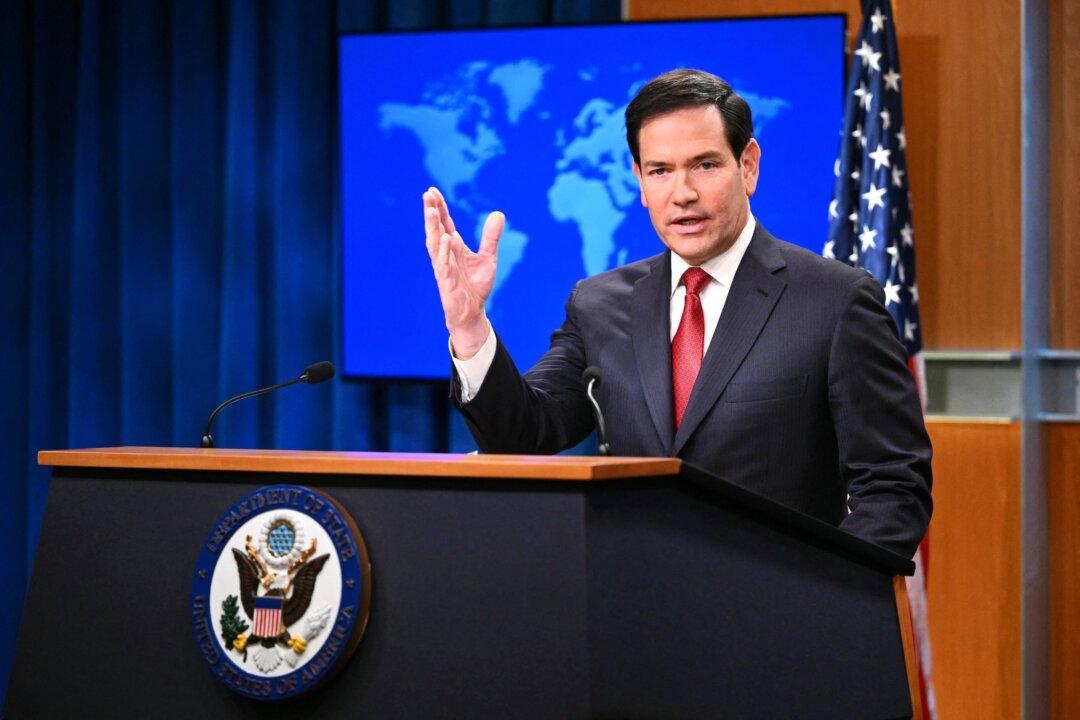The U.S. manufacturing industry contracted for the third month in a row in January, and remained below a key threshold that is consistent with a recession in the broader U.S. economy.
On Wednesday, the Institute for Supply Management (ISM) announced that its Purchasing Managers Index (PMI) for manufacturing dropped to 47.4 in January. The new manufacturing PMI reading is one percentage point lower than the seasonally adjusted 48.4 percent rating that the ISM’s index recorded in December.





